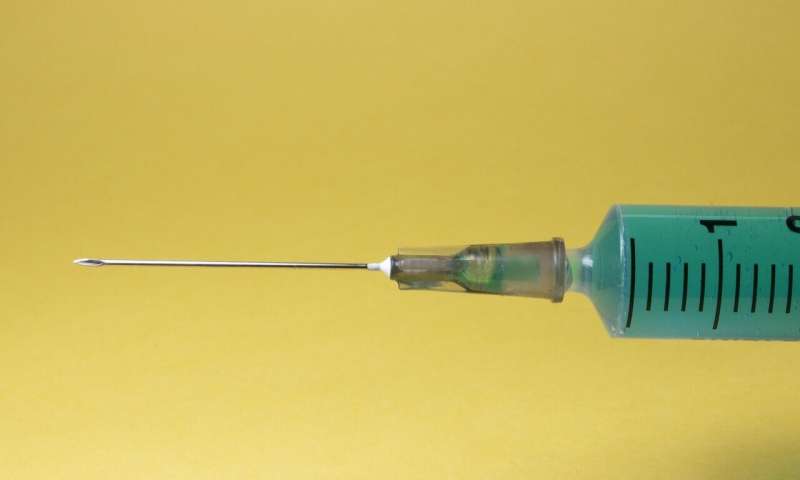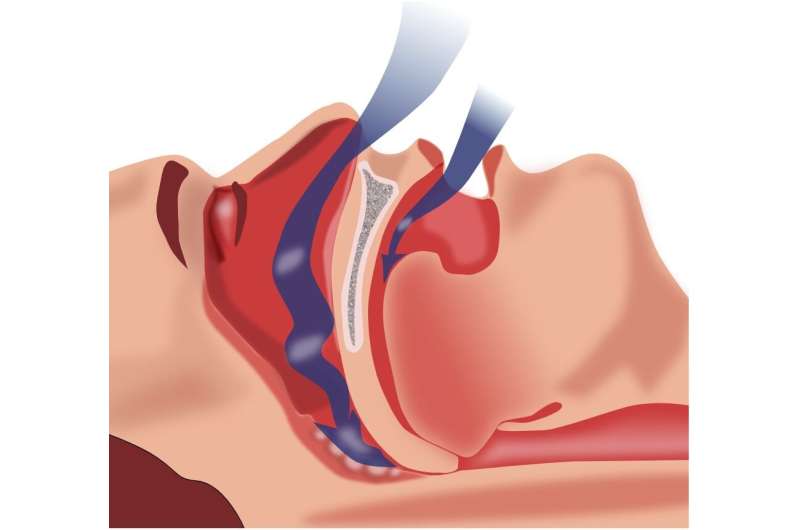Advanced Biological Aging Clock Surpasses Existing Models in Predicting Mortality and Health Outcomes

A new biological aging clock called LinAge2 outperforms existing models in predicting mortality and health outcomes, offering a promising tool for personalized aging assessment and healthy longevity strategies.
Researchers from the Yong Loo Lin School of Medicine at the National University of Singapore have introduced a new, improved biological aging clock called "LinAge2." This innovative model offers healthcare professionals a more practical and precise tool to assess the rate at which an individual is aging and to identify strategies to slow this process. Building upon earlier models like PCAge and LinAge, which utilized blood and urine tests along with health questionnaires, LinAge2 significantly enhances accuracy, interpretability, and user-friendliness.
Published in the journal npj Aging, LinAge2 has demonstrated superior performance over traditional clinical models and even outshined leading epigenetic clocks in its ability to predict long-term mortality and health outcomes. Notably, the model can better forecast the risk of death within 10 to 20 years, surpassing chronological age and other biological clocks.
The model’s predictions correlate with functional health markers, such as walking speed, cognitive performance, and independence in daily activities. It also provides actionable insights by identifying health factors like smoking or metabolic syndrome that accelerate aging, enabling personalized interventions.
"Chronological age reflects how long someone has lived, but it doesn't accurately gauge their true health risks," explained Associate Professor Jan Gruber, senior author of the study. "Biological aging clocks like LinAge2 synthesize clinical data into a single measure of biological age, revealing how fast a person is aging internally. This can inform targeted treatment plans, lifestyle modifications, and efforts to extend healthy lifespan."
The development of LinAge2 involved analyzing data from the US National Health and Nutrition Examination Survey (NHANES), which contains comprehensive health records, physical examinations, blood tests, and long-term mortality data. Using principal component analysis (PCA), the team extracted key health patterns to estimate biological age, which reflects physiological aging more accurately than chronological years.
The researchers evaluated LinAge2’s effectiveness in predicting mortality and physical health, including gait speed, cognitive abilities, and daily functioning, and found it consistently outperformed existing DNA-based aging clocks like PhenoAge DNAm and GrimAge2. They also developed a visual tool to help clinicians identify health factors that contribute to accelerated aging.
Co-developed with geriatric specialist Dr. Fong Sheng from Ng Teng Fong General Hospital, LinAge2 aims to be integrated into routine clinical practice. "Our goal is to enable doctors to assess biological age during check-ups, allowing early interventions to slow aging processes and improve quality of life," said Dr. Fong.
The team is collaborating with Singapore-based healthtech company NOVI Health to incorporate LinAge2 into their longevity programs. Future directions include validating the model across diverse populations and monitoring responses to aging interventions such as lifestyle changes, diet, and medication, advancing the development of personalized healthy aging strategies.
Associate Professor Gruber emphasized, "We hope that further validation will bring us closer to a future where preventive, personalized, and proactive medicine targets aging itself, not just diseases related to aging."
Stay Updated with Mia's Feed
Get the latest health & wellness insights delivered straight to your inbox.
Related Articles
Hepatitis B Vaccination for Newborns Significantly Reduced Childhood Infections in the US
The hepatitis B vaccination given to all newborns in the US has nearly eradicated childhood infections, saving many from lifelong liver disease. Learn about the importance of early vaccination efforts and ongoing prevention strategies.
Innovative Optical Imaging Technique Enhances Detection of Diabetic Kidney Disease
A novel label-free multimodal optical biopsy technology enables detailed 3D imaging of kidney tissues, revealing early signs of diabetic nephropathy without tissue destruction—potentially transforming diagnosis and treatment.
How Air Pollution Causes Immune Imbalance and Lung Damage: New Research Insights
New research from Pusan National University reveals how long-term air pollution exposure triggers immune imbalance and lung inflammation through oxidative stress and NRF2 pathway activation, worsening respiratory conditions like asthma.
Mounjaro Approved for Sleep Apnea Treatment: How the Weight Loss Drug Works
Australia has approved the use of Mounjaro, a weight-loss drug, for treating sleep apnea in obese adults. Learn how this medication works and its potential benefits.



